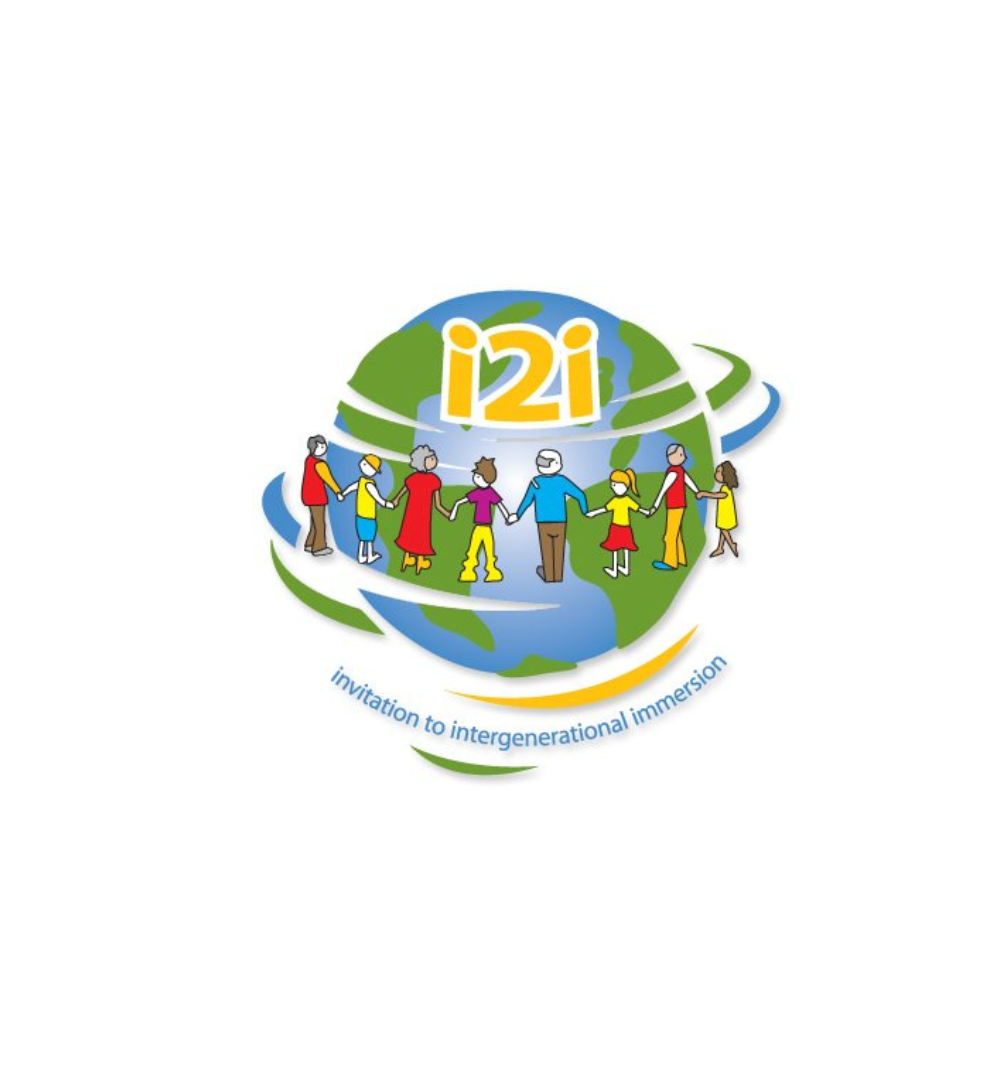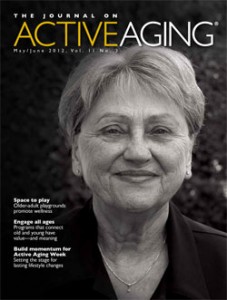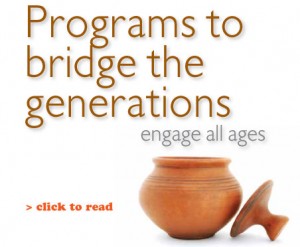Journal of Intergenerational Relationships, Volume 9 Issue 2, April 2011
The Meadows School Project: A Unique Intergenerational “Immersion” Program
SHARON L. MACKENZIE, BA, MEd
i2i Intergenerational Society of Canada, British Columbia, Canada
ARLENE J. CARSON, PhD and VALERIE S. KUEHNE, PhD
University of Victoria, Victoria BC, Canada
THE MEADOWS SCHOOL PROJECT: BACKGROUND, RATIONALE AND GOALS
The Meadows School ProjectTM (MSP) started in 2000 in the rural community of Coldstream in south-central British Columbia (BC), Canada. This unique intergenerational “immersion” project is the brainchild of a long-tenured public-school teacher for whom community-based learning is a guiding philosophy. After many years of taking her students for brief visits with older adults in the community, this teacher was discouraged. Communication between the generations seemed restrained and lacking in empathy. The potential for generations to learn from one another was rarely realized in these occasional, short, and contrived visits. She wished to bring students and older adults into more purposeful and meaningful contact.
Working with administrative staff from BC School District 22 and the Coldstream Meadows Retirement Community residential care facility, this teacher gained approval to relocate her upper-level elementary class to a makeshift classroom in this assisted living facility for multiple week blocks, first in the fall term (five weeks over October–November) and later (starting in the 2003–04 year) in both the fall term and for an additional three weeks in May. Reciprocal visits were made between care home and school every few weeks during the balance of the school year. During their tenure at the facility, students followed their mandated school curriculum while interlocking their daily calendar with that of the residents, meeting with interested older adults twice each day in a small group or two-students-to-one-resident format. The project goals were to: (a) break down stereotypical thinking of both generations about the other; (b) improve the mental, physical, and social health of all parties, including staff and families; (c) build understanding of the “modern culture” through students sharing with older adults; (d) give opportunities for young people to develop interest in pursuing careers that involve working with older adults; (e) give students authentic opportunities to develop personal and social responsibility through daily involvement with older adults and public service at the seniors’ residence; and (f) have older adults share knowledge with students.
Download the full article here: The Meadows School Project: A Unique Intergenerational “Immersion” Program 225.89 Kb
Author Posting. © MacKenzie, Sharon L., Carson, Arlene J. and Kuehne, Valerie S.(2011) ‘The Meadows School Project: A Unique Intergenerational “Immersion” Program’, Journal of Intergenerational Relationships, 9: 2, 207 — 212, 2011.
This is the author’s version of the work. It is posted here by permission of ‘MacKenzie, Sharon L. , Carson, Arlene J. and Kuehne, Valerie S.(2011) ‘The Meadows School Project: A Unique Intergenerational “Immersion” Program’, Journal of Intergenerational Relationships, 9: 2, 207 — 212′ for personal use, not for redistribution.
The definitive version was published in Journal of Intergenerational Relationships, Volume 9 Issue 2, April 2011.
doi:10.1080/15350770.2011.568343 (http://dx.doi.org/10.1080/15350770.2011.568343) |
Journal of Intergenerational Relationships, Volume 10 Issue 1, January 2012
The Meadows School Project: Case Study of a Unique Shared Site Intergenerational Program
ARLENE J. CARSON, PhD, KAREN M. KOBAYASHI, PhD, and VALERIE S. KUEHNE, PhD, University of Victoria, Victoria, British Columbia, Canada
Intergenerational shared site programs are defined as programs in which children and/or youth and older adults participate in ongoing services and programming concurrently at the same site (or on the same campus within close proximity) and where participants interact during regularly scheduled, planned intergenerational activities as well as through informal encounters (Goyer, 2001). This paper presents findings from a study of an innovative intergenerational program that does not strictly meet Goyer’s criteria defining a shared site program but whose goals, outcomes, and challenges closely match those of shared site programs.
Download full article here: Carson_Kobayashi__Kuehne-JIR-2011-1.pdf 188 kb |
Education Canada 2007
Stephen Huddart
For the past half century, and with increasing frequency,educators, artists, scientists, philosophers, environmental-ists and others have warned that even as our knowledgeand material culture grow exponentially, society faces com-plex challenges arising from changes in systems and relationships: from migration and demographic shifts; fromthe unanticipated results of technology and globalization ofthe world economy; and, most urgently, from our impactupon the natural environment.
Download full article here: EdCan-2007-v47-n4-Huddart.pdf416.35 KB
Investing in Resilience: Public education and Voluntary Sector Partnerships
|
Connecting Across the Lifespan
Mary Spruston R.N., Masters Study, Royal Roads University, Victoria, BC, CA
It was quickly discovered that love moves in as mutual respect grows. Through joint activities and communication, new learning opportunities present themselves. Students develop responsibility and practice time management, while mixing their academic studies with real life discussions over the science of aging, history, and life skills. Seniors become resources, acting as sages to their young protégés. The seniors’ residence is a wonderful jewel box. Each day when the lid is opened, faded treasures are polished and tenderly held by young hands, to reveal qualities that engender human relationships, dusted with the magic of time spent.
(Sharon Mackenzie 2004)
Download full article here: Connecting_Across_the_Lifespan.pdf 23.81 Mb |
The i2i Intergenerational Society of Canada: The Meadows School Project
DIANE OLIVIA MEYIA MENGUE, BA, Masters Studies, University of Athabasca, Athabasca, Alberta, Canada
If young people never get to know old people, prejudice and discrimination against the elderly will continue. Growth and aging are both a part of life. To understand both and to see both happening are perhaps the fullest way to experience living…The aged who feel rejected by the young, seek to find acceptance only among other aged and thereby segregate themselves from the young, who in turn reject elders more because they have no close contact with them.1 (Barrow & Smith 220)
The organization that I will describe in this paper is called i2i Intergenerational Society, and the acronym for i2i is ‘an invitation to intergenerational immersion.
About the researcher and paper: Diane_About_the_Author.pdff 74 kb
Download full article here: Dianes_research_paper.pdf 377 kb |


